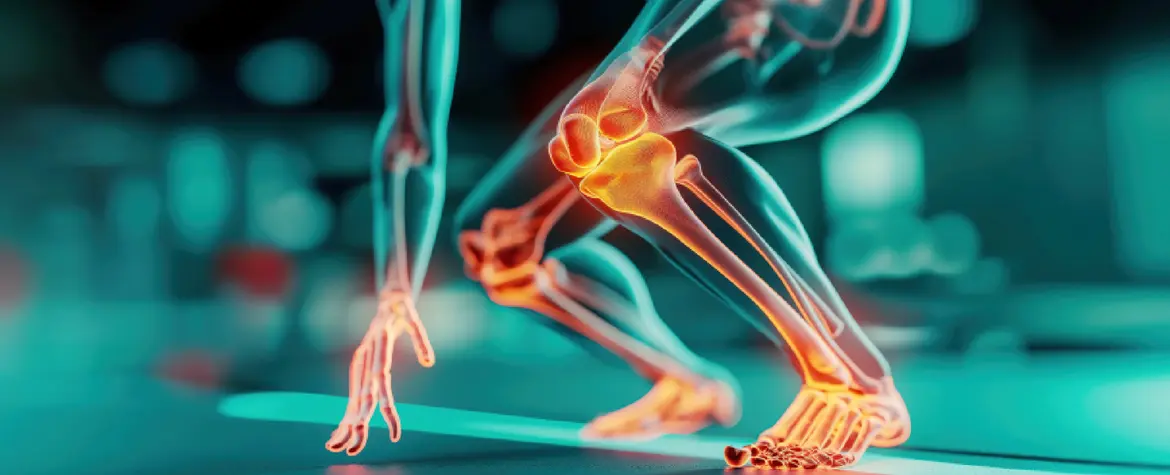Influence of Sex Hormones on the Biomechanics and Injuries of the Lower Extremities in Female Recreational Athletes (FeHBI)

Description
Ligamentous injuries to the lower extremities are frequent and impactful. They not only generate high costs for society but can negatively influence the sporting career or activities, in recreational and professional athletes. Ligamentous injuries to the lower extremities often occur during jumping and cutting movements that lead to complex, three-dimensional movements at the ankle and knee joint. Small changes in the movement during such tasks can result in substantial alterations of the forces acting on the ligaments and, consequently, may result in failure of these structures.
Women are at a higher risk of ligamentous injuries due to a plethora of potential reasons; the exact mechanisms are still unclear. During the menstrual cycle, various hormones fluctuate in the female body and influence mechanical properties of ligaments which in turn may make them less resistant to failure and may result in different biomechanical patterns during athletic movements. While there is some evidence that sex hormones influence the risk of injury, there is no research directly linking biomechanical movement patterns and hormones to injuries occurring in longitudinal studies.
The aim of this research is to understand the relationship between the female sex hormonal profile, the biomechanics during athletic assessments, and non-contact ligamentous injuries to the lower extremities in female recreational athletes.
Key Data
Projectlead
Project team
Jürgen Degenfellner, Seraina Friedli, Julia Suter, Dr. Sabrina Vollrath, Dr. Nora Wieloch (Universitätsklinik Balgrist), Annika Zind
Project partners
Universitätsklinik Balgrist
Project status
ongoing, started 04/2024
Institute/Centre
Institute of Physiotherapy (IPT)
Funding partner
Health Research and Wellbeing at UAS and UTE / Projekt Nr. 220504
Project budget
1'000'000 CHF
